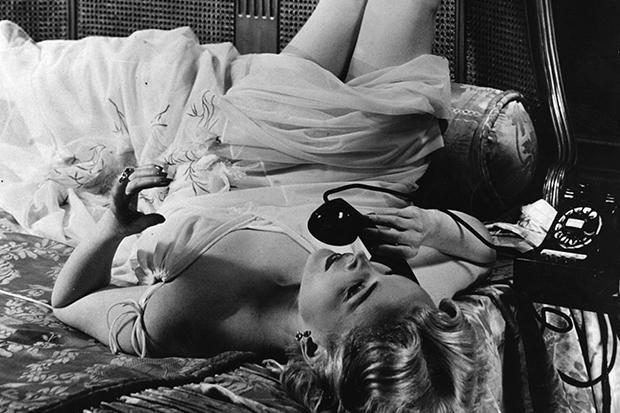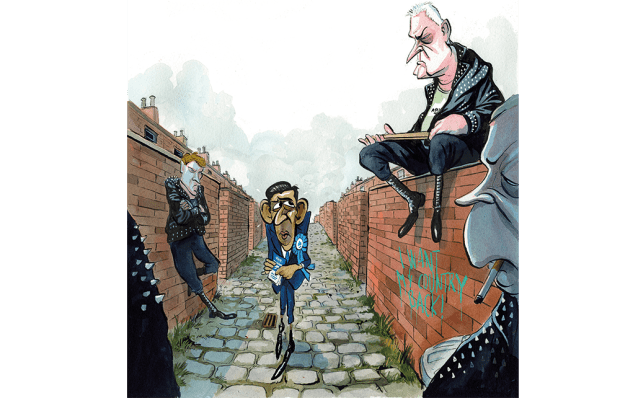Jessie Burton’s first novel, The Miniaturist, set in 17th-century Amsterdam, read like a lantern-slide show. Her churches were by Pieter Saenredam, her town-houses those of Vermeer and Gerard ter Borch. Her kitchens and corridors and eaves-dropping maids came from Nicolaes Maes. She proved herself a painterly writer with an eye for the telling detail.
The Miniaturist was inspired by a real work of art: Petronella Oortman’s dollshouse in the Rijksmuseum. Burton’s fictional Nella becomes the owner of a dollshouse filled with miniature furniture and family whose movements begin eerily to anticipate — perhaps exert malign influence over — events in the real house.
Burton has pulled off a similar trick in her second novel, The Muse. This time, the object around which the story spins is a painting of ‘Saint Rufina and the Lion’, by — or so we first believe — Isaac Robles, a might-have-been-Miró, a perhaps-Picasso, had he not been killed in the Spanish Civil War. Two stories run side by side: one in Arazuelo, a village not far from Malaga, where an Austrian art dealer with a gallery in Paris, his English wife and their art-student daughter, clutching an acceptance letter from the Slade, have rented the finca. It is 1936. Isaac Robles, an art teacher and political agitator, appoints himself their ‘fixer’ and man-of-all-work, and his half-sister Teresa their housekeeper.
The second story is set in London in 1967. Odelle Bastien, born in Trinidad, now a secretary at a London art gallery, is surreptitiously typing her poems when Saint Rufina crosses her desk. Who really painted the picture? What happened to it in the chaos of Franco’s Spain, the occupation of Paris, the hounding of Austrian Jews, the Nazi looting of art? And how did it end up in the back of an MG motor in Surrey?
It’s a bit Indiana Jones, a bit Antiques Roadshow, with a great many twists, reveals and paprika-red herrings. Burton captures the frenzy of the art world when it thinks it has found a ‘sleeper’ — a lost masterpiece. When the Prado refuses to lend one of its Goyas, the director of Odelle’s gallery roars down the phone: ‘Then who’s the person I can speak to in the convent with the Murillo?’
The Muse has not quite the magic and ghostly mischief of The Miniaturist, but it is more suspenseful, more but-if-not-her-then-who?, more can-she?, did-he?, could-they? And when the postman rang the doorbell bang in the middle of the denouement in the shepherd’s hut, I sprinted back up six flights of stairs to know who was going to get out of Arazuelo alive — and whether they’d have Saint Rufina and her gold-leaf lion under their arm.
The post Twists, turns and good red herrings appeared first on The Spectator.
Got something to add? Join the discussion and comment below.
Get 10 issues for just $10
Subscribe to The Spectator Australia today for the next 10 magazine issues, plus full online access, for just $10.
You might disagree with half of it, but you’ll enjoy reading all of it. Try your first month for free, then just $2 a week for the remainder of your first year.














Comments
Don't miss out
Join the conversation with other Spectator Australia readers. Subscribe to leave a comment.
SUBSCRIBEAlready a subscriber? Log in